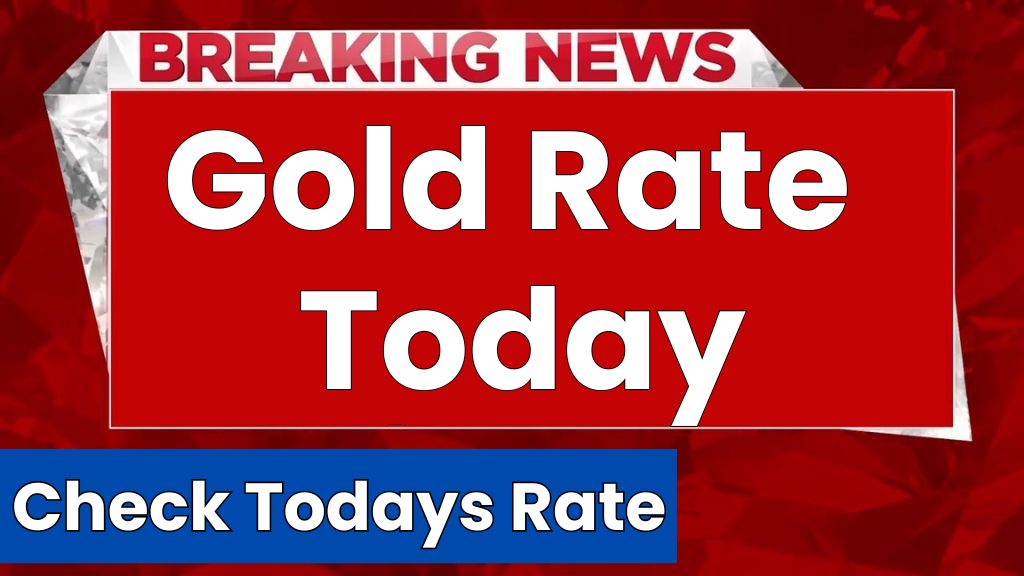New Delhi: Gold and silver prices in India dipped slightly on Tuesday, January 28, 2025, as fluctuating international trends and subdued domestic demand weighed on the precious metals market. The price of 24-carat gold (24K) in the national capital stood at ₹82,080 per 10 grams, while 22-carat gold (22K) was priced at ₹75,250 per 10 grams. Meanwhile, silver prices remained steady at ₹96,500 per kilogram across major Indian cities.
As gold and silver prices continue to capture the attention of investors, jewellery enthusiasts, and traders, understanding the dynamic factors influencing these fluctuations is essential. Here’s a comprehensive breakdown of today’s gold and silver rates, as well as the key factors shaping the Indian precious metals market.
Gold Prices Across Major Cities
India’s gold prices vary by region due to local taxes, demand trends, and transportation costs. Below is a detailed table reflecting gold rates for both 22K and 24K in key cities across the country:
| City | 22K Gold (₹/10 gm) | 24K Gold (₹/10 gm) |
| New Delhi | ₹75,250 | ₹82,080 |
| Mumbai | ₹75,100 | ₹81,930 |
| Chennai | ₹75,100 | ₹81,930 |
| Kolkata | ₹75,100 | ₹81,930 |
These rates, monitored daily, provide vital insights for buyers and investors seeking to make informed decisions.
Silver Prices in India
Silver prices showed no significant movement, holding steady at ₹96,500 per kilogram in major Indian cities. This stagnancy can be attributed to muted demand for industrial and ornamental silver. Despite this, silver continues to serve as a reliable investment choice for many due to its affordability and wide range of applications.
Gold and Silver on MCX
Gold and silver futures traded slightly higher on the Multi Commodity Exchange (MCX) in the morning session:
- Gold Futures: Trading at ₹79,777 per 10 grams, up 0.25%.
- Silver Futures: Trading at ₹90,375 per kilogram, up 0.17%.
The uptick in futures prices hints at potential demand revival, although spot prices in the domestic market remain subdued.
What Factors Affect Gold Prices in India?
The price of gold in India is determined by a combination of global and domestic factors. Some key determinants include:
- International Market Rates
India imports a significant portion of its gold, making international prices a critical factor. Gold rates often align with global trends influenced by geopolitical tensions, interest rate decisions, and market speculation. - Import Duties and Taxes
Import duties and GST (Goods and Services Tax) significantly impact the price of gold in India. Any revision in these rates directly affects retail prices. - Exchange Rate Fluctuations
As gold is traded globally in US dollars, fluctuations in the rupee-dollar exchange rate influence the landed cost of gold in India. - Supply and Demand
Domestic demand, particularly during wedding seasons and festivals like Diwali and Akshaya Tritiya, can cause prices to spike. Conversely, subdued demand can lead to price stabilization or dips. - Central Bank Policies
The Reserve Bank of India (RBI) and other central banks worldwide often influence gold prices through their monetary policies and gold reserve management.
Cultural and Investment Significance of Gold in India
In India, gold is not just a commodity but a symbol of tradition, wealth, and security. It plays a pivotal role in Indian culture, particularly during weddings and festive celebrations. Gold is often considered a hedge against inflation and economic instability, making it a preferred investment choice for millions.
Why Are Gold Prices Falling Today?
The decline in gold prices on January 28 can be attributed to a few specific factors:
- Weak Domestic Demand: With no major festivals or wedding seasons currently underway, demand for gold jewellery remains subdued.
- Global Economic Indicators: Gold prices often decline when equity markets perform well or when there is optimism around global economic growth.
- Profit Booking: After recent rallies, some investors may be booking profits, leading to short-term price corrections.
Expert Insights
Analysts and market experts suggest that gold prices could remain under pressure in the near term but are likely to find support in the medium to long term due to persistent economic uncertainties and inflationary pressures.
“A combination of strong US dollar performance and reduced demand in the domestic market has led to a softening of gold prices today. However, gold remains an attractive asset class, especially for long-term investors,” said a senior market analyst at a leading brokerage firm.
Tips for Buyers and Investors
If you are looking to purchase or invest in gold and silver, here are a few tips to keep in mind:
- Stay Updated: Monitor daily price trends and understand the factors driving fluctuations.
- Choose Wisely: Decide between 22K (best for jewellery) and 24K (ideal for investment) based on your needs.
- Diversify Investments: Include a mix of gold, silver, and other assets in your portfolio to mitigate risks.
- Buy from Trusted Sources: Ensure that your purchases come with proper certifications and hallmarking to guarantee purity.
Conclusion
As of January 28, 2025, gold and silver prices in India remain slightly subdued, reflecting broader market trends and domestic demand patterns. While gold continues to be a preferred investment and cultural asset, market participants must keep an eye on dynamic global and domestic factors.
Whether you’re an investor seeking portfolio diversification or a jewellery buyer preparing for an upcoming celebration, understanding the factors behind precious metal pricing will empower you to make well-informed decisions.
Stay tuned for daily updates on gold and silver prices and other market news to stay ahead in the ever-changing financial landscape.





